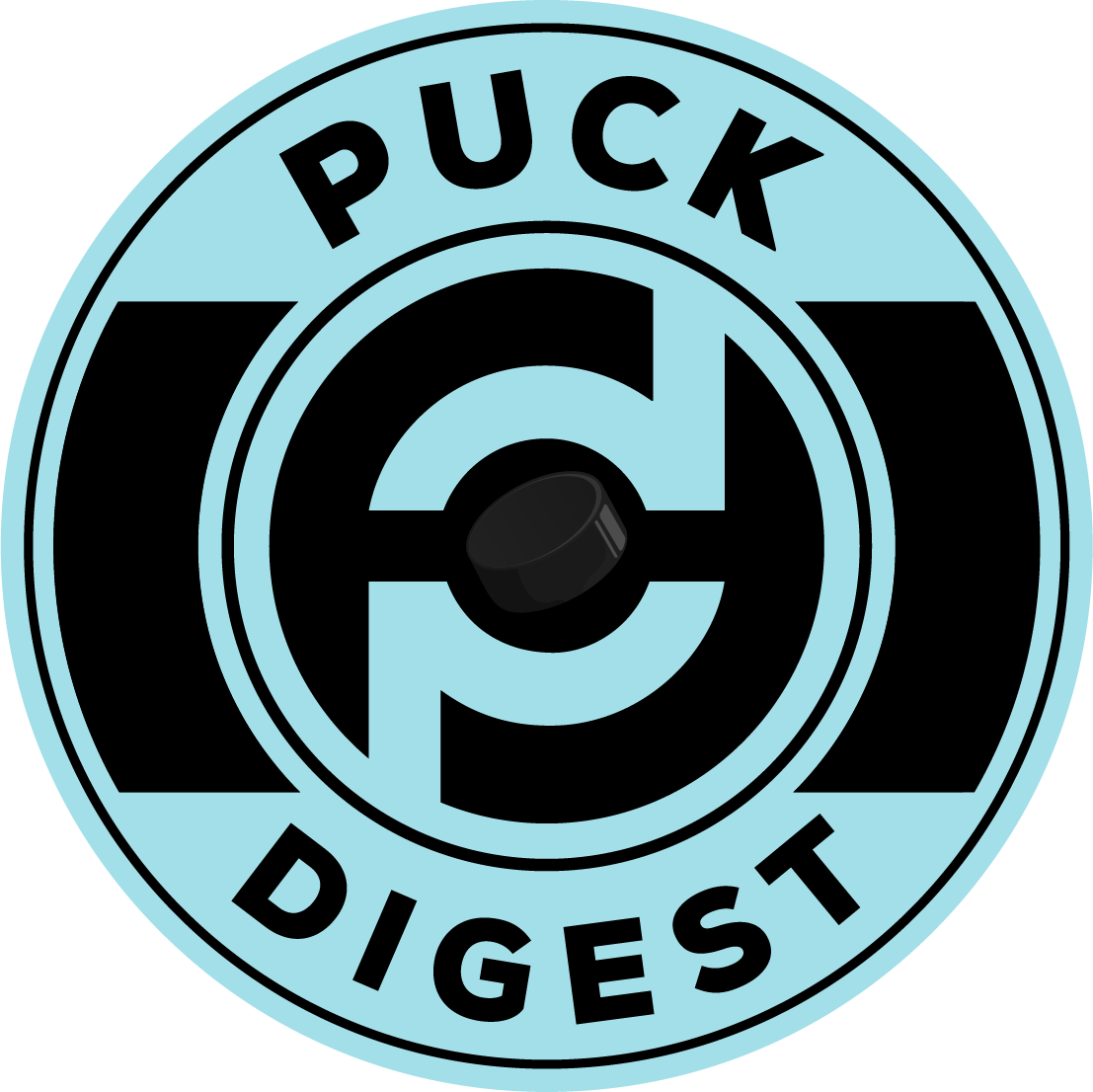Each year, Toronto Maple Leafs media day can sometimes feel like deja vu.
Game 7 losses. Offseason changes. What they have to do to finally get over the hump. The usual. And, like clockwork, part of the conversation centered around changes to the blueline.
The Maple Leafs moved on from Mark Giordano, Joel Edmundson, T.J. Brodie, Ilya Lyubushkin, John Klingberg and Max Lajoie over the summer, replacing them with Oliver Ekman Larsson, Jani Hakanpaa, Chris Tanev and Philippe Myers. The Leafs needed upgrades to the blueline to make them tougher to play against. On paper, it’s a major net positive. Ekman Larsson is fresh off of a Stanley Cup with Florida, and Tanev is viewed as one of the toughest defensemen in the league.
“I think (the new additions) are going to help a lot,” captain Auston Matthews said on Wednesday. “We have veteran guys that are coming in that play the way we want to play as a team.”
But is it enough? Does Toronto finally have the depth they’ve been craving for so long?
Tanev, 34, is signed until he’s 39 at $4.5 million. In the short-term, it’s an excellent deal that gives Toronto a legitimate top-end penalty kill specialist, and his 207 blocked shots were third in the NHL last year. Giordano used to do all that for the Leafs, but Tanev is younger and still playing strong hockey. And he’s someone that many around the league really admire and respect – especially his new teammates.
“Our D becomes much stronger (with Tanev),” defenseman Morgan Rielly said. “I know there’s a chance I might get to play with him. But ultimately, the overarching thought is that he made our team better, he improved our D-core, he improved our penalty kill, he automatically made our team overnight better, our D-core better.”
But you have to wonder how long Tanev will be effective for someone who sacrifices his body as much as Tanev does. For now, that’s not likely an issue. But 2-3 years down the line? Absolutely. In the end, it’s a story for another day, and the short-term impact should hopefully outweigh the future negatives.
From a skill perspective, Ekman Larsson also brings a lot to this group. OEL struggled for a few years in Arizona and Vancouver before eventually getting bought out by the Canucks in 2023. fortunately, he bounced back with his best output in half a decade last year, scoring nine goals and 32 points in 70 games before winning his first Stanley Cup. The pressure was taken off him on a team with a good blueline, allowing him to focus on moving the puck and getting physical.
The Leafs then signed him to a four-year deal worth $3.5 million, which, if he plays like he did last year, will be a nice bargain for the club. He should be a second-line option alongside Timothy Liljegren or Jake McCabe, and could even see time on one of the two power-play units.
The real wildcard is Hakanpaa. Hakanpaa was previously reported to have reached an agreement in July, but the deal was finalized on Sept. 11. Hakanpaa is still recovering from a knee injury and will take part in Toronto’s third group at training camp – one typically reserved for ECHLers. If Hakanpaa can stay healthy, he’s a gritty, defensive defenseman who can help shore up the third pairing, either challenging with Simon Benoit or replacing Conor Timmins altogether.
Regardless of what happens, Toronto definitely got bigger on the blueline. Tanev is 6-foot-2 and 198 pounds, but he’s built like a tank. Ekman Larsson is also 6-foot-2, but Hakanpaa comes in at a massive 6-foot-7. Five current Leafs defenders stand 6-foot-2 or taller, and six are over 200 pounds. And that doesn’t include depth additions like Myers (6-foot-5 and 220 pounds) or Cade Webber (6-foot-7 and 212 pounds), which could be call-up options.
So, if you’re looking for pure brute force, Toronto’s blueline hasn’t been this tough in the Core Four era. But does that make them better? It could come handy in the playoffs, but it’s still hard to feel truly confident in this blueline.
You can make all the upgrades you want, but actual change needs to happen on the ice.
“We’ve got to check better, we’ve got to be better on the power play in the playoffs, we have to keep the puck out of our net,” GM Brad Treliving said.
Adding toughness wasn’t a new goal for the franchise. Last summer, the biggest storyline was about adding Tyler Bertuzzi, Max Domi and Ryan Reaves (with the term “piss and vinegar” becoming a major talking point), with Domi being the most impactful of the three (and the least physical). And it’s been shown time and time again that making yourself physically more dominant come playoff time can be the difference between and early tee time and achieving a childhood dream.
The jury’s still out as to whether Toronto’s blueline actually got better this year. They got older, for sure. It’s hard to say they got worse on paper, but hockey is played on ice. The real test is still a few weeks away.



